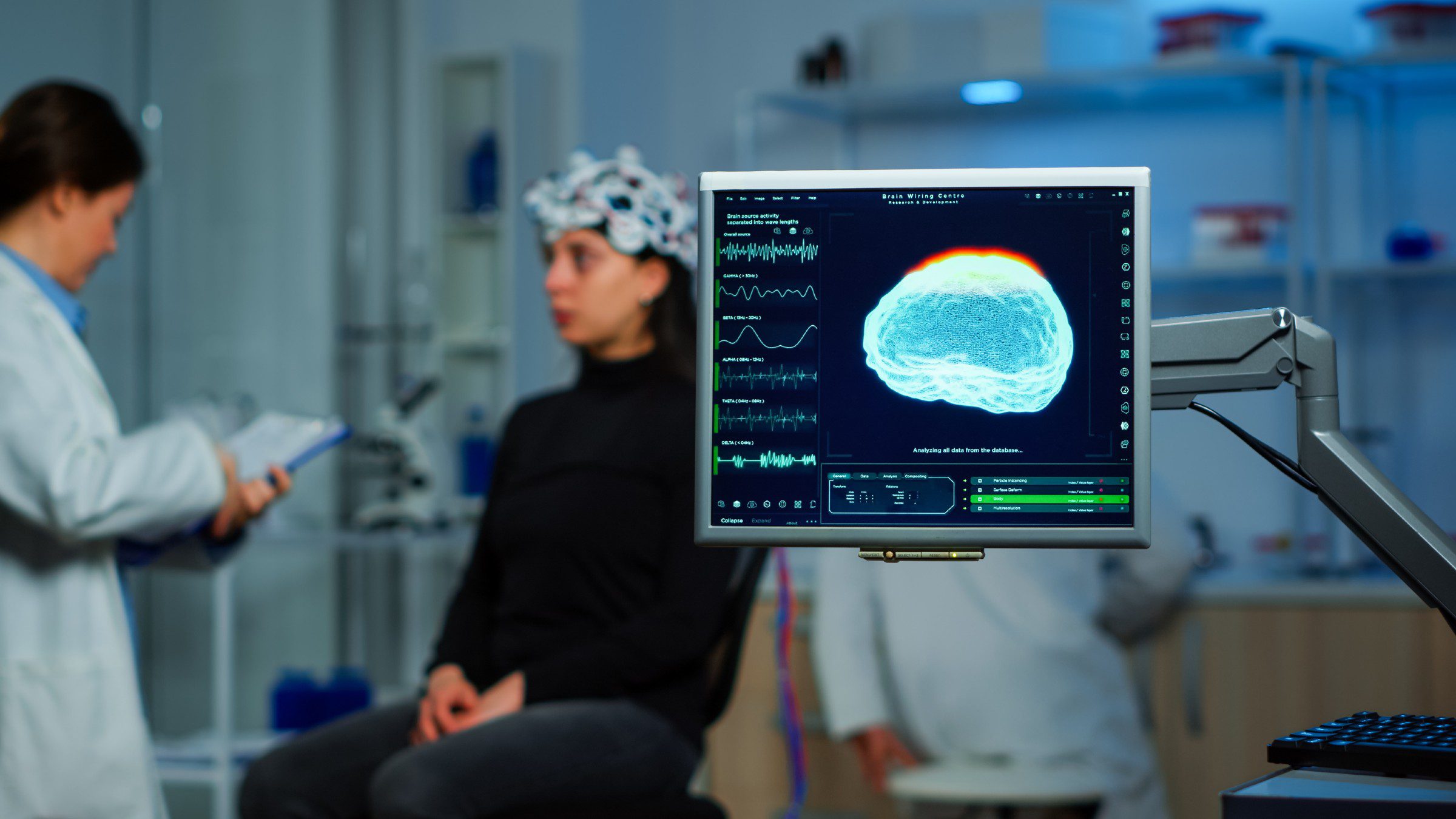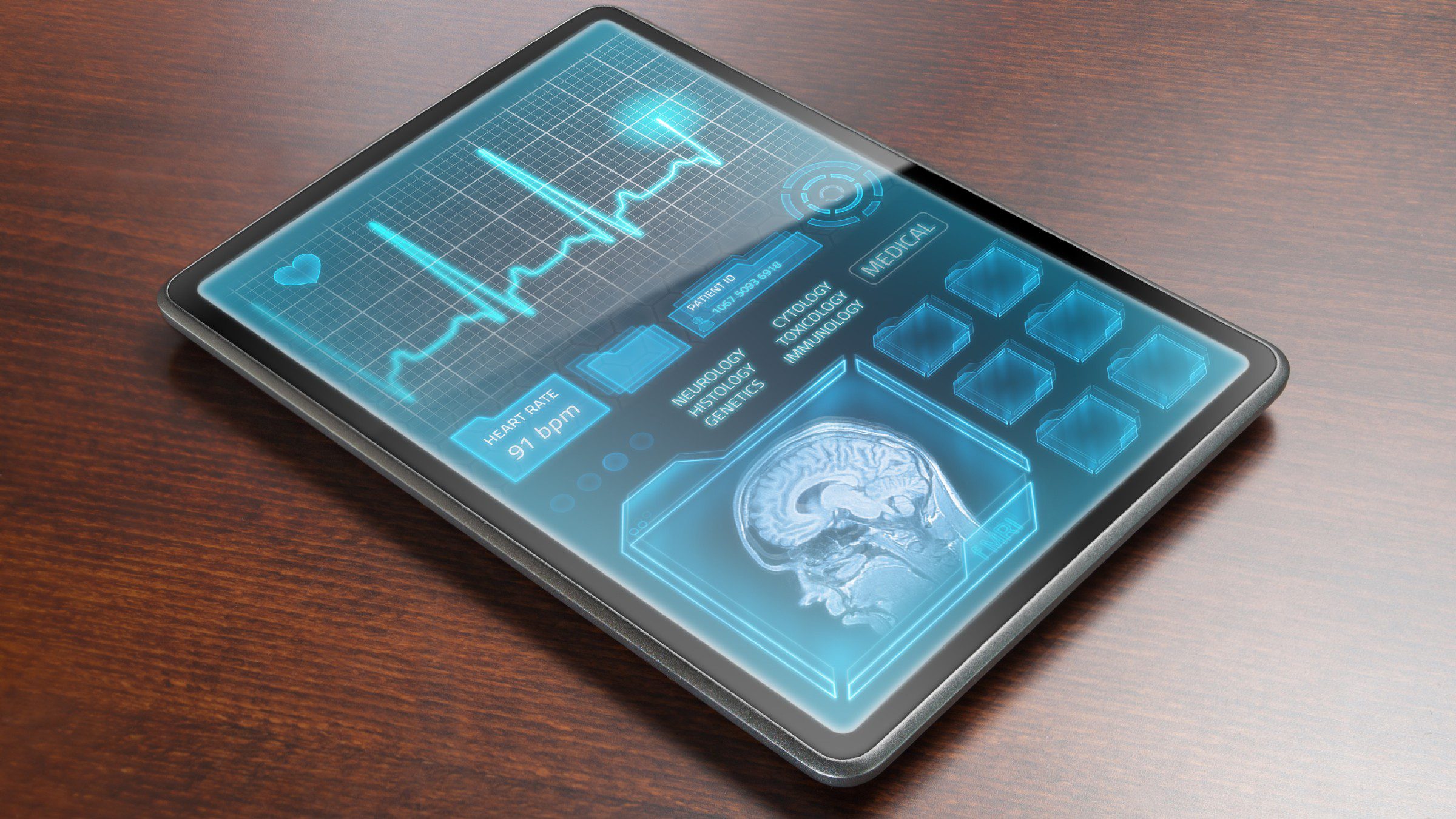Collaboration and Knowledge Sharing
Cost-Efficiency and Resource Optimization
How Sigma Software is Revolutionizing Data Collection and Processing at Princeton University
Thank you for reaching out to Sigma Software!
Please fill the form below. Our team will contact you shortly.
Sigma Software has offices in multiple locations in Europe, Northern America, Asia, and Latin America.

USA

Sweden

Germany

Canada

Israel

Singapore

UAE

Australia

Austria

Ukraine

Poland

Argentina

Brazil

Bulgaria

Colombia

Czech Republic

Hungary

Mexico

Portugal

Romania

Uzbekistan
In this article, we examine numerous aspects of how the application of advanced data analytics is transforming neuroscience notably in the areas of decision-making, patient care, work integration and information exchange, and lastly, cost-effectiveness/resource utilization.
Collaboration and Knowledge Sharing
Cost-Efficiency and Resource Optimization
How Sigma Software is Revolutionizing Data Collection and Processing at Princeton University
Advanced data analytics make a profound change in neuroscience decision-making potential: it is not only the potential to process big data anymore. Predictive analytics in neuroscience provides precision and insights that enhance patient outcomes and streamline resource allocation in both research and clinical applications.
The complex nature of neurological disorders often requires nuanced diagnostic approaches. This is where advanced data analysis comes in, able to decipher subtle patterns and biomarkers within complex datasets.
For example, when making a diagnosis in conditions of multiple sclerosis or epilepsy, which often manifest themselves as uncertain or periodic, data analytics gives an objective analysis of several factors with patterns that may not be perceived in the course of diagnosis.

This precision is particularly necessary in scenarios where the physical state of a patient can quickly deteriorate. Consequently, diseases that are classified under neurodegenerative diseases, including Alzheimer’s, and Parkinson’s benefit greatly from early detection. Early diagnosing is another capability of advanced data analysis, for instance in analyzing the imaging data or biomarkers to pinpoint minor changes. As a result, there are interventions from clinicians that may alter the disease’s progress and save precious years for a patient.
It is not a secret that the medical field has gradually moved from the idea that the same treatment can be applied to a large population of patients to individualized treatment, and this change has been felt most in neurology. The technological breakthrough that is characterized as the most transformative is known as Advanced data analytics of individual patient data.
In analyzing patient data, personalized treatment plans serve as a directional tool for clinicians to steer interventions according to each person’s specific genotype as well as their reaction to medication. This approach maximizes the chances of identifying and choosing a treatment that is effective for that particular form of the disease based on the patient’s characteristics thus reducing the risk of having to deal with side effects of the treatment.
For instance, in the treatment of epilepsy, where responses to anti-epileptic medications can vary widely between patients, data analysis can help predict individual responses. By analyzing a patient’s genetic predisposition, combined with data on treatment outcomes in similar cases, clinicians can make informed decisions about the most suitable medication and dosage for a given individual.
The impact of advanced data analytics on patient outcomes in neuroscience is a testament to patient-centric neurology care. By focusing on predictive analytics in neuroscience, clinicians can improve personalized treatment plans and achieve better, proactive health outcomes that prioritize individual patient needs.
The integration of real-time monitoring and advanced data analytics marks a dynamic shift in neuroscience patient care. Wearable devices equipped with sensors and sophisticated analytical algorithms provide continuous, unobtrusive monitoring of key neurological parameters, ushering in an era of proactive and personalized intervention.
Wearable devices, ranging from smartwatches to specialized neurological monitoring tools, serve as conduits for real-time data collection. These devices seamlessly collect data on multiple physiological and neurological metrics, providing a comprehensive and continuous snapshot of a patient’s health.
The tangible benefits of real-time data analytics in improving patient outcomes can be seen in the management of Parkinson’s disease. A continuous stream of data from wearables provides clinicians with real-time insights into a patient’s motor fluctuations, enabling them to make timely and informed decisions.

In the context of Parkinson’s disease, where medication adjustments are often necessary due to the dynamic nature of symptoms, real-time monitoring is invaluable. Data analytics processes the incoming information, detecting subtle changes in movement patterns or the onset of tremors. This prompts proactive adjustments to medication dosages, ensuring that patients receive optimal treatment tailored to their current physiological state.
The result is a more responsive and personalized approach to treatment, minimizing the impact of motor fluctuations and improving the overall quality of life for people with Parkinson’s disease. In addition to medication adjustments, real-time monitoring facilitates early detection of potential complications or adverse events, enabling timely intervention and reducing the risk of hospitalization.
In the complex landscape of neuroscience, collaboration and data sharing are the pillars on which groundbreaking discoveries are built. Neuroscience data sharing platforms play a vital role, allowing neuroscience research technologies to foster data-driven collaboration across disciplines, leading to more holistic insights and innovative digital health solutions in neurology.
By its nature, neuroscience spans a range of disciplines, from neurobiology and genetics to psychology and clinical care. Bridging the gaps between these disciplines is critical to a full understanding of the complexity of the human brain. Data-driven collaboration is emerging as a unifying force, breaking down silos and promoting a more holistic approach to neurological research and patient care.
Collaborative platforms using advanced data analytics act as virtual arenas where researchers and clinicians come together, bringing diverse data sets and insights. These platforms serve as hubs where the multidimensional nature of neurological disorders can be fully explored.
Researchers and clinicians contribute a mosaic of datasets, each offering a unique perspective on neurological disorders. Genomic data, imaging studies, clinical records, and behavioral assessments all come together to provide a more nuanced understanding of the multifaceted aspects of neurological disorders.
Traditional barriers between disciplines often impede the free flow of information and insight. However, data-driven collaboration breaks down these silos and fosters an environment where neuroscientists, geneticists, clinicians, and other specialists work synergistically. For example, a geneticist’s understanding of the hereditary aspects of a neurological disorder can complement a clinician’s insights into its clinical manifestations, leading to a more complete understanding of the disorder.
Efficient resource allocation is critical to effective healthcare and neurology research practices. Leveraging cost-efficiency in neurology research through advanced data analytics allows for smarter use of resources, enabling patient-centric care that maximizes both health outcomes and operational efficiency.
In neuroscience, where the volume and complexity of data can be overwhelming, advanced analytics tools sift through huge datasets with precision. For example, in genomic studies exploring the genetic basis of neurological disorders, data analysis can quickly identify relevant genetic markers, accelerating the research timeline allowing researchers to focus on interpreting and applying their findings.
This accelerated pace not only increases the efficiency of research but also optimizes the allocation of research resources. The discussion highlights how streamlined processes enabled by data analytics allow researchers to allocate their time and resources more strategically, ultimately helping to accelerate scientific breakthroughs.
Real-world applications demonstrate how data analytics contributes to pragmatic resource optimization in healthcare. For example, in a hospital setting, data analytics can analyze patient records and outcomes to identify patterns in resource utilization. This insight enables healthcare administrators to make informed decisions about resource allocation, ensuring that critical resources such as medical staff and equipment are allocated efficiently.
The pragmatic benefits of resource optimization also extend to treatment strategies. By analyzing the effectiveness of different treatment approaches based on patient data, healthcare providers can tailor interventions to maximize outcomes while minimizing unnecessary costs. This data-driven approach not only ensures efficient use of resources but also improves the quality of patient care.
In a landmark collaboration, Sigma Software has successfully delivered a redesigned and enhanced data analytics solution to Princeton University. This endeavor represents a significant milestone in the advancement of the ongoing neuroscience research at the University, ushering in a new era of efficiency and effectiveness in data-driven research.
This highly scalable solution not only addresses the complexities of handling diverse data types, including video and audio, but also provides researchers with unprecedented flexibility in machine learning training, testing, and experimentation.

Looking for a reliable IT partner to develop your healthcare solution?
The reimagined infrastructure seamlessly integrates different machine learning algorithms, allowing researchers to apply them effortlessly to the collected datasets. This significant advancement not only increases the efficiency of data-driven exploration in neuroscience but also sets the stage for innovative and adaptable research methodologies.
The collaboration between Sigma Software and Princeton University exemplifies a commitment to pushing the boundaries of technological innovation to advance neuroscience research.
1. How is advanced data analytics transforming neuroscience research?
Advanced data analytics in neuroscience revolutionizes research by enabling data-driven collaboration, real-time neurological monitoring, and predictive analytics. These tools help uncover new insights into neurological biomarkers and improve patient outcomes through early detection and personalized treatments.
2. How does big data contribute to precision in neurological diagnosis and treatment?
Big data in healthcare enhances diagnostic accuracy by analyzing complex datasets for subtle patterns. For instance, predictive analytics in neuroscience helps identify early signs of neurodegenerative diseases, allowing for earlier interventions that can slow disease progression.
3. What role does AI play in patient care within neurology?
AI in neurology supports personalized care by analyzing patient data to tailor treatments. For example, AI algorithms help determine the most effective medication and dosage for conditions like epilepsy by analyzing genetic and treatment data, reducing side effects and improving outcomes.
4. How are wearable devices used in neurology for patient monitoring?
Wearable technology for neurological disorders enables continuous monitoring of key health metrics, such as motor fluctuations in Parkinson’s disease. Real-time data analytics from these devices allow for proactive medication adjustments, significantly improving patient quality of life.
5. What are the benefits of data-driven collaboration in neuroscience?
Data-driven neurology collaboration bridges disciplines like neurobiology, genetics, and psychology, creating a holistic approach to complex neurological issues. Collaborative platforms using neuroscience data integration bring together diverse datasets for comprehensive insights and innovative treatment approaches.
6. How does advanced data analytics optimize healthcare resources in neurology?
By analyzing patient data and outcomes, data analytics in healthcare helps identify efficient resource allocation strategies. This includes optimizing staff, equipment, and treatment strategies based on patient needs, making cost-effective neurology care possible without compromising quality.
7. How does machine learning contribute to breakthroughs in neuroscience?
Machine learning in neuroscience processes large volumes of diverse data, identifying patterns in brain activity, genetics, and clinical outcomes. This leads to faster research timelines and more targeted findings, supporting advancements in precision neurology care.

Andrii's expertise primarily encompasses the Healthcare industry. Bolstered by extensive knowledge in the Information Security domain and ML/AI. Andrii Pastushok is committed to guaranteeing clients receive an exceptional product development experience.
Linkedin profileCollaboration and Knowledge Sharing
Cost-Efficiency and Resource Optimization
How Sigma Software is Revolutionizing Data Collection and Processing at Princeton University


On November 27, in Lviv, Forbes AI Summit brought together entrepreneurs, technology leaders, and scientists for an honest conversation about how AI is reshapin...

The EU Data Act went live in September 2025. Its rollout across Europe has been uneven, with only a few member states having completed the national set-ups. Nev...

For years, manufacturers have been talking about the advantages of shifting to outcome-based business models. The rise of AI has made the opportunity for transf...
Would you like to view the site in German?
Switch to German